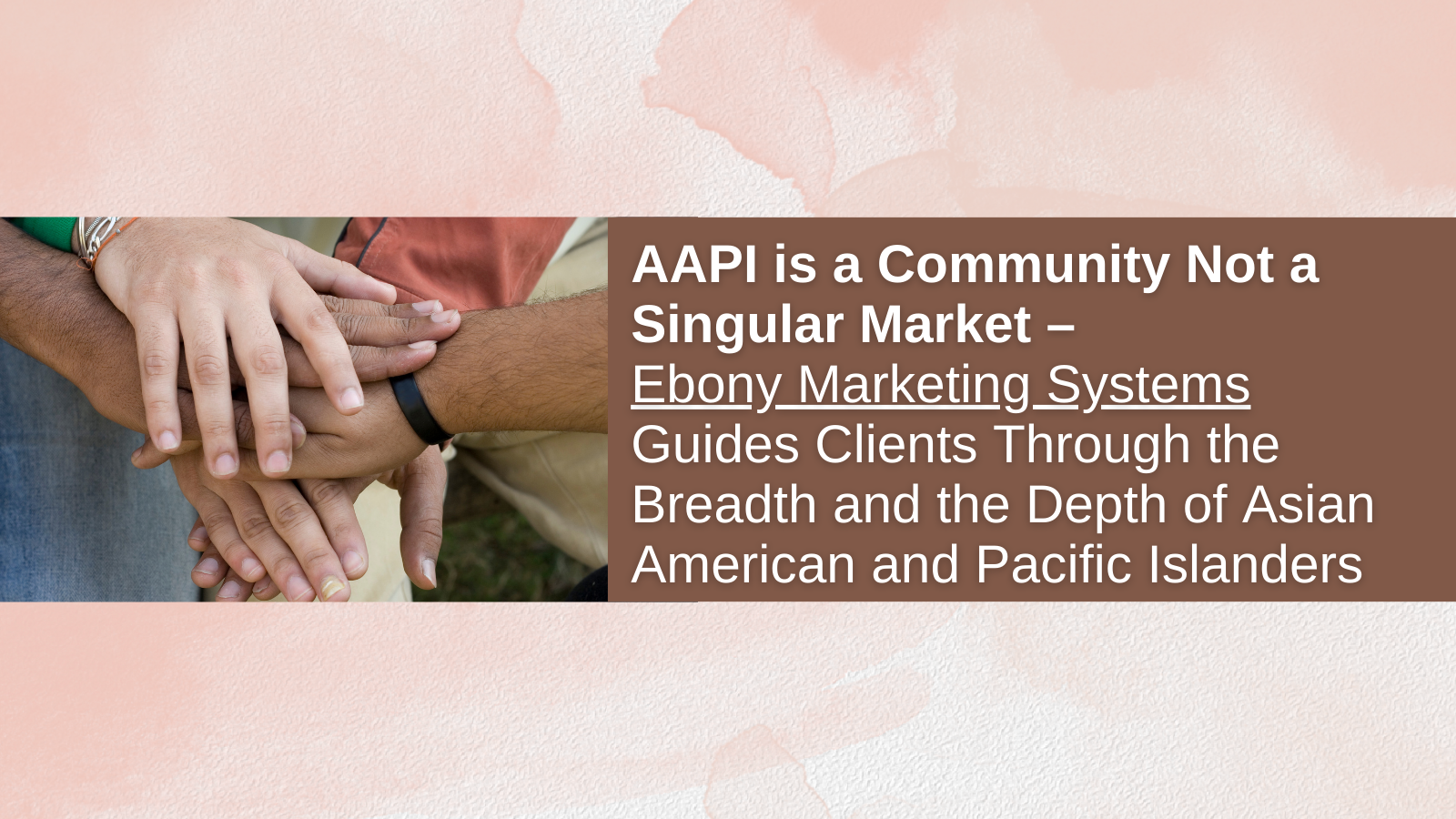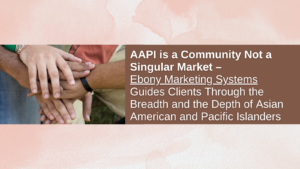Conversations about race and culture can rouse a range of uncomfortable emotions. However, these issues are too important to avoid—even when the discussions feel strained or awkward. Conversation is the key to understanding the reality and experiences of diverse groups of people, strengthening our empathy, and fighting implicit prejudice. As we’ve learned from the backlash to the Kendall Jenner Pepsi commercial, some of the most essential conversations businesses can have on these topics are those that take place in-house, before the message goes public.
Here are four essential rules for having a productive and compassionate discussion about race or culture in the workplace:
- Set an Intention.
What is the purpose of this discussion? You and the other participants should be clear about why you’re talking about race or cultural issues. Is it to learn something about the experience of others? Is it to address a race-related or cultural problem? Is it to plan a diversity campaign? Knowing the point of the discussion can help keep it on track and clear up potential misunderstandings before they arise.
- Acknowledge the Discomfort
Regardless of their race or ethnicity, most people feel uncomfortable speaking about race with people from different backgrounds. Kwame Christian, Director of the American Negotiation Institute, says it’s important to acknowledge this fact openly at the outset of the discussion. Recognizing widespread discomfort tends to have the surprising effect of putting people at ease. Share your worries and fears about the conversation with the group. For example, if you have concerns that your words may be misinterpreted, or your experience minimized, putting these issues on the table will help everyone keep them in mind as the conversation proceeds.
- Do Unto Others.
Bring your best self to the table and communicate with the kindness, compassion, respect, and sensitivity that you would like to receive in return. In addition, try to assume that everyone is speaking in good faith. Christian, who is African American, says that it’s freeing to make this assumption. “When I give someone the benefit of the doubt, I’m able to perform in the conversation at a much higher level than when I think the person is acting against me with bad intent,” he says.
- Practice Active Listening.
Active listening means being wholly present in the conversation, paying close attention to the person speaking, and taking steps to ensure that you genuinely understand what they’re trying to communicate. Use body language to show that you’re listening, such as leaning forward or nodding. Rephrase or paraphrase their comments to be sure you’ve understood them. If you’re unclear about the message, ask a relevant follow-up question. For example, you might say: “It sounds like what you’re saying is…” or “What do you mean when you say….” Responses such as these help minimize misunderstandings and foster an atmosphere of goodwill.
At Ebony Marketing Systems, we are experts at designing and conducting multicultural research that meets your company’s unique needs. We tailor our work to best suit you, the communities you serve, and those you want to serve. For more information, call us at (718)742-0006 or send us a message today.










